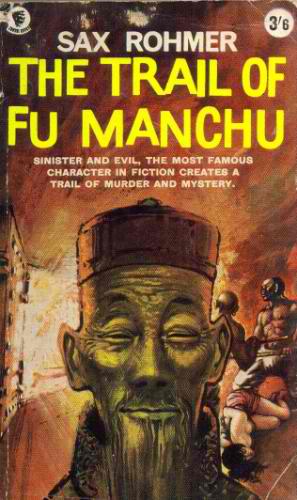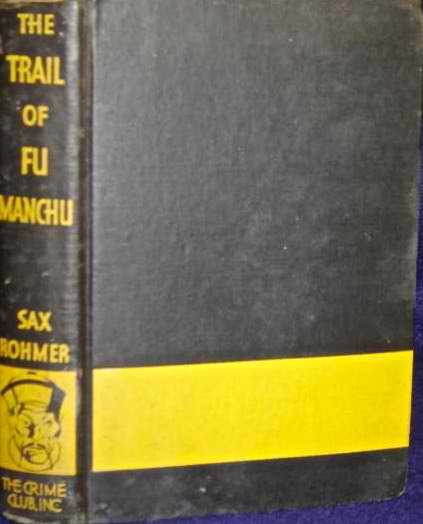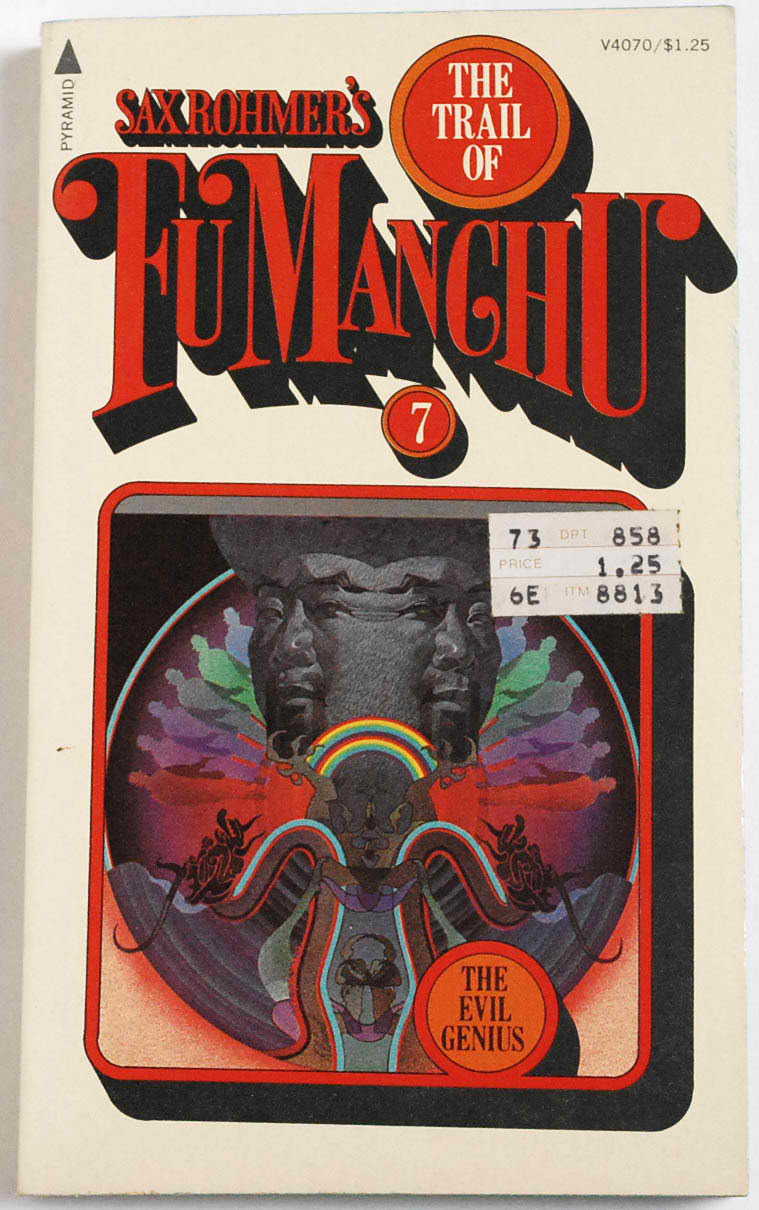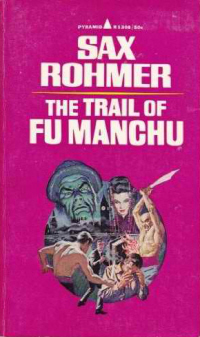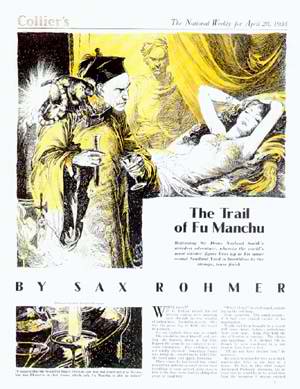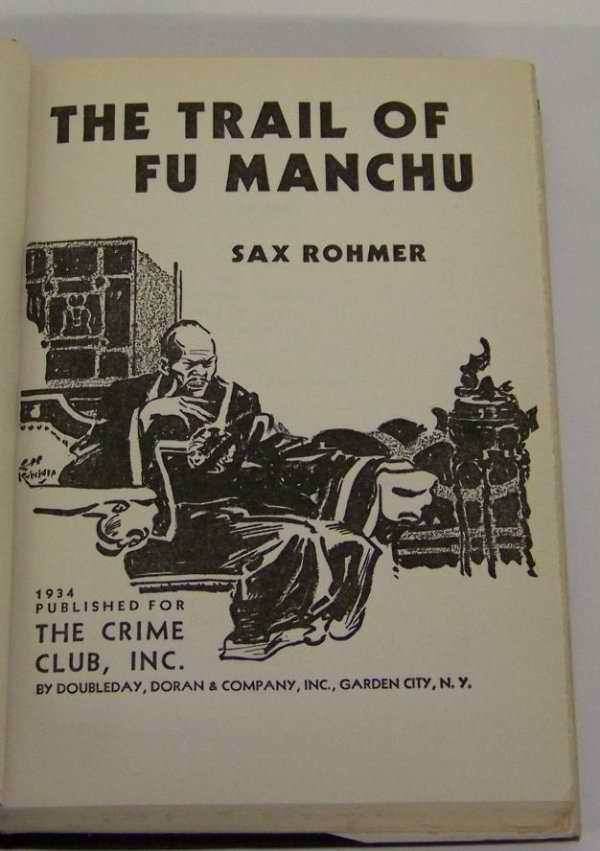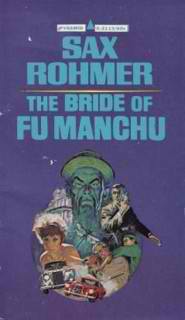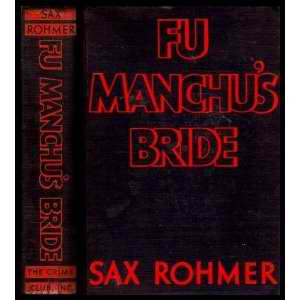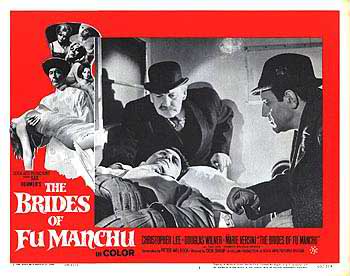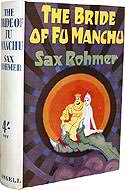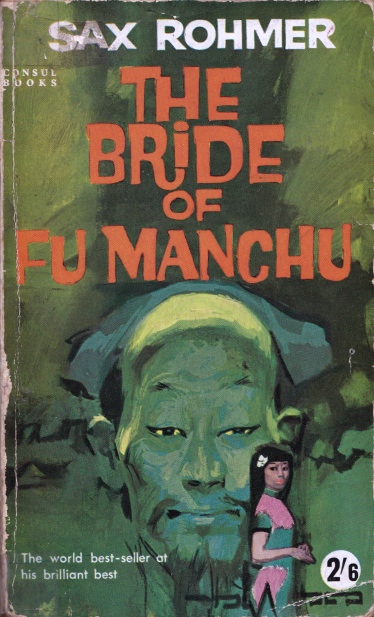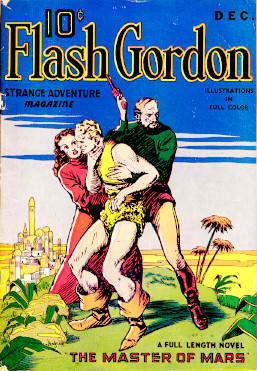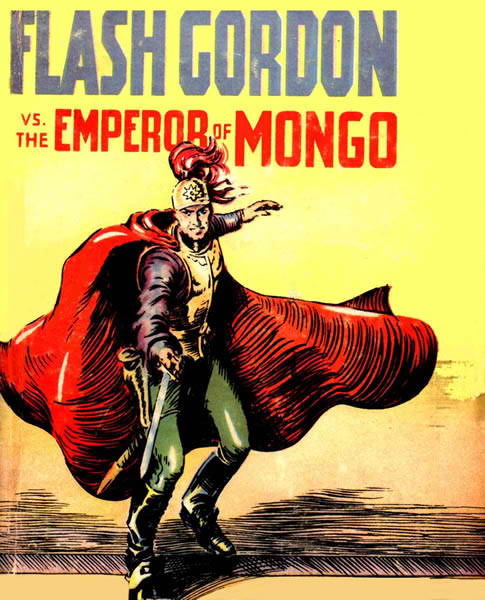Blogging Sax Rohmer’s The Trail of Fu Manchu, Part Four
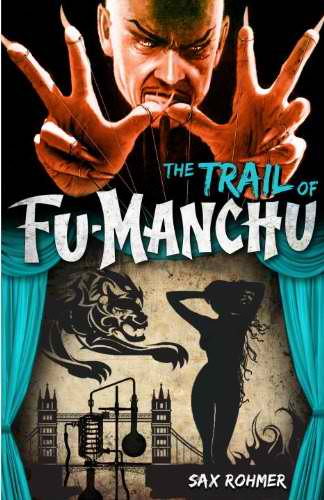
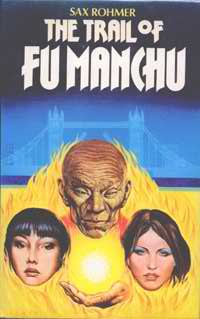 Sax Rohmer’s The Trail of Fu Manchu was originally serialized in Collier’s from April 28 to July 14, 1934. It was published in book form later that year by Cassell in the UK and Doubleday in the US. The book marked the first time Rohmer employed third person narrative in the series and dispensed with the first person narrative voice modeled on Sir Arthur Conan Doyle’s Sherlock Holmes stories. The results dilute what would otherwise have been a stronger novel that saw the series return to its roots.
Sax Rohmer’s The Trail of Fu Manchu was originally serialized in Collier’s from April 28 to July 14, 1934. It was published in book form later that year by Cassell in the UK and Doubleday in the US. The book marked the first time Rohmer employed third person narrative in the series and dispensed with the first person narrative voice modeled on Sir Arthur Conan Doyle’s Sherlock Holmes stories. The results dilute what would otherwise have been a stronger novel that saw the series return to its roots.
The story picks up in the aftermath of the Limehouse explosion one week earlier. Surprisingly, Sam Pak’s opium den only sustained minor structural damage. No bodies have been recovered, nor did the police launch sight any boat escaping on the Thames prior to the explosion. Sir Denis Nayland Smith and Chief Inspector Gallaho are hopeful that Fu Manchu might actually be dead, but unless bodies are recovered, Smith does not feel secure.
The matron watching over Fleurette Petrie during her captivity abandoned her post the night of the explosion, as did the Asian sidewalk vendor who kept vigil outside Sir Denis’s apartment. Smith takes both signs as suggestive that Fu Manchu is still at liberty. Proof arrives soon enough in the form of the constable who had the misfortune of standing guard at Pietro Ambroso’s studio at the beginning of the book. The constable leads Smith and Gallaho to chat up a night watchman on his beat, suggesting the man might have information that he will not completely share with the police. Smith passes himself off as a newspaperman and gains the night watchman’s trust through his generous nature and gift of gab. The man tells him how one week earlier, on the night of the Limehouse explosion, he saw a small party of Chinamen emerge from a manhole on the deserted street in the dead of night. Smith agrees it is an interesting story and that the police would never have believed him.
